What is Search Intent?
A question most digital marketers ask is ‘what is search intent?’. Search intent, also called user intent and audience intent defines a search engine user’s purpose when they have a query and type it on Google for specific answers.
Such queries begin with “How,” “Why,” “What,” and various other similar interrogative keywords. The search can be for a particular question or a website, or even for a music video. All in all, search intent is every user’s primary goal when hopping on a search engine to find answers to their questions.
Why is Search Intent Important?
Search or user intent is crucial for digital marketing practices, especially SEO.
3 reasons can shed light on the importance of search intent in online marketing practices:
-
Important for Google
Google as an organic search platform prioritizes user satisfaction. If its users do not find matched results for their searched questions, Google receives a signal for having displayed irrelevant results.
A user can have various motives behind typing, “silky red curtains for living room.” Here, Google is responsible for finding product pages, blog posts, Quora replies, and online reviews. If the user cannot find their answer from there, it is a sign that Google’s understanding of the user’s intent is incomplete.
-
Search Intent Aids a Page’s Overall Rank Improvement
Search intent plays a pivotal role in Google’s ranking system. It touches upon all the 3 ranking factors, namely:
- Relevance
- Authority
- User Satisfaction
Keyword relevance involves user behaviour. When a user is looking for an answer and finds it immediately within the first 5 search results, there are near-zero chances that they will scroll for more. Going through various search results is called pogo-sticking. There is a change in click-through rates and bounce rates through users who are pogo-sticking with search intent.
A site’s brand authority relies on backlinks and internal linking. If a company specializes in one particular topic, it can raise its brand value and authority by creating content that is easy to follow and well-explanatory for its niche users/visitors.
Finally, user satisfaction is the direct result of satisfying user intents through well-researched topics. These topics need to cover the product value and be relevant to the aimed audiences.
-
Helps Increase Your Reach
Content marketing strategies utilize search intent to broaden their brand’s reach across several platforms. Search intent can help improve content creation practices to bring in more clients.
Content with strategic use of user intent can attract new audiences, as well as existing clients. It is possible to reach a large variety of clients by matching with their current search intent.
Unlock higher rankings, quality traffic, and increased conversions through tailored award-winning SEO strategies.
Elevate your web presence by Infidigit’s SEO solutions.
Unlock higher rankings, quality traffic, and increased conversions through tailored award-winning SEO strategies.
Types of Search Intent
With time and in-depth marketing analysis, Google has improvised its algorithm to determine every type of search intent. The 4 main kinds include:
- Informational
- Navigational
- Transactional
- Commercial Investigation
-
Informational
Informational intent is one of the most-searched and common among Google results. These are searches from people who are looking for information on various topics. They can be about books, recipes, beauty benefits, and even definitions. It can be any topic on the internet, how-to guides, product reviews, synonyms. As the most common search intent, the informational style covers specific questions about day-to-day activities.
As an organic search platform, Google has a deeper understanding of informational intent. Its results to a simple question are specific and answer the unique questions the user might have. This ability comes from deep AI research on search intent tonality to provide specific results for specific informational inquiries.
Some of the examples of informational intent specific searches are:
- What is SEO?
- How to Cook Fast Food at Home?
- The cast of F.R.I.E.N.D.S.
-
Navigational
Searchers with navigational intent look for ways to navigate to particular website pages. These can be the:
- Login
- About Me
- Contact Us
- Blog
Navigational intent-based searches are mostly to look for specific URLs that help find a company’s page. For example, it can be the Facebook Groups, the Twitter Feed, Instagram Stories, and so on.
-
Transactional
Terms with transactional intent are branded. They are used by searchers who have a transactional intent and might buy the inquired product. Since it is purely about products, subscriptions, and services, these users have minimum knowledge about their searches. There are 0 research intent and a demand to purchase a product right away.
Some well-known examples of transactional intent-based searches are:
- Best sales brands
- Buy X Product Online
- Discount Codes
- Best X Products for Home
-
Commercial Investigation
There is a bridge between informational and transactional intent, and that is commercial investigation. Before opting to buy something, users narrow down their choices and run a thorough look-through on their options. Intent-based terms such as “Top,” “Best,” and “Reviews” are part of the commercial investigation search queries. The user can finalize their transactional intent after going through reviews of their desired products/services.
How to Optimize Content for Search Intent
Optimizing your website with the proper search intent can help garner a much-desired audience reach. Here’s how to optimize content to target specific search intent using different elements of your website.
-
User Experience
User Experience is the key to optimized traffic as it helps Google determine if a certain company page deserves its top-5 spot on the search results. It keeps an eye on how the users interact with these pages. Next, Google uses these cues to uprank or downrank a website from the SERPs.
If they find users staying on a page for longer, it deems this result a perfect match for the search intent. The opposite can lead to Google downranking the website. Optimizing content for search intent helps welcome more visitors who can find their answers within a few minutes. The following tips can help optimize content for impeccable user search:
1. Use the Right Font
Using an easy-to-read font, the readers will stop by and look at the brand’s post to find their answers. Therefore, companies should make sure to use the 14px+ font for all blog posts.
2. Reduce Popups
Limit popup usage with an exit-intent activated as it’s an annoyance for both users and their search engines.
3. Utilize Videos, Gifs, and Images
Adding a splash of visuals is a great way to make content pages more readable. They help make strictly informative topics more reader-friendly. Companies with images, gifs, and embedded videos receive positive feedback from users.
4. Subheadings are a Must
Subheadings help break down long-form content and make them easier to read. Users can then read through specific helpful portions and skim through the rest without using more time.
5. Eye the Google Analytics
Lastly, keep an eye on Google Analytics to improve Average Session Duration metrics and Bounce Rate on important web pages.
-
Meta Tags Should Match Content
The meta tags and the webpage’s content type should match the search intent. When a brand has its keywords ready, the focus should shift toward optimizing the content. You can start by improving the page’s metadata by updating your H1 and H2 tags and using keywords wisely.
-
Competitor Analysis
Analyzing competitors can help a company optimize its content to beat the top names. Instead of repurposing old content to reach the SERPs, a company should ask themselves the following questions:
1. What kind of tone are they using?
A content’s tonality depends on various factors. For example, if the competitor runs a healthcare and medical health blog, the tone needs to be sombre and professional. A popular PC review site, however, will use gaming jargon and an informal tone.
2. What is their format?
Content format plays a pivotal role in improving its readability. Gauging through a competitor’s content format can help understand why they have the upper hand on the SERPs. Well-optimized content with professional formatting is relevant to search intent.
3. Which points are they covering?
Short and useful informative tips can help content stand out in the search engine, making it easier to find. Checking a competition’s points on a similar article can shed light on the crucial topics that attract readers’ attention. It is also a great way to reformat brand content to mirror a well-researched informative piece.
4. Are they missing any information
A competitor’s missed opportunity is another brand’s selling point. When a company finds crucial information or a campaign that its competition is missing out on, it can help attract audiences that fit the user intent. A brand can gain more relevancy by targeting search intent tags that its competitors didn’t use.
-
Check the “People Also Ask” Box
Google’s “People Also Ask” section is a goldmine for the user and common intents. These boxes convey organic queries users have on a certain searched topic. Hence, if a company wishes to create content answering those questions, it can be a popular informative piece for user intent searches.
A company can create a FAQ campaign to address all the queries from the ‘People Also Ask’ section. By doing so, its brand is removing welcoming inquiries from potential readers and satisfying their search intent.
-
Optimize Product and Service Pages
The products and services or the commercial pages face the expectations of search intent the most. A proper keyword research session can help identify popular terms that do not have any blog posts in the top centre. Instead, it can form parts of the product description, Amazon reviews, and quora replies.
At times, a brand might confuse a transactional intent term and use it as an informational intent-based keyword. However, the specific product would fare well on a sales page. The key here is to research user intent and relevant keywords and help your brand content stand out.
-
Navigational Queries
Users with navigational intent already have enough knowledge of their searched products. A company’s click-through rate can be low if it ranks for these navigational queries.
The reason for it is that most people with this search intent do not visit 3rd party sites for reviews and FAQs. These pages might fall under the top 5 SERPs but have a lower click rate. This is because the term used for navigational query will have more click-throughs on the first search, which is probably the product’s official home page. These additional queries feature on top stories, side links, and other popular pages under a specific search.
At times, a company’s digital marketer might also come across a keyword with multiple user intents. The goal here is to prioritize one user intent and create relevant content. Choosing one of the user intents can help create informative content and an all-in-one guideline that answers all user inquiries.
Navigational queries can help companies push out specific URLs that need more audience under a certain user intent. These can be guidelines, a thesis, or even the “Contact Me” section to help the user. The goal is to prepare answers for the webpage’s visitors, which they can easily use to gather more information, i.e. their search intent.
-
Optimize for One Type of User Intent
When optimizing content for search intent, a brand has to optimize it for only one type of audience. It can help create a comprehensive piece of work that is informative towards one specific intent.
For example, if there is a key phrase, the company can check out which intent type it falls under. If it suits a particular intent type, the next step is to look into the Google search results. The search result will offer a variety of options. The goal here is to adhere to one of the intent choices. For example, if the intent seems informational, the company can look into the type of input the audience is looking for. For example, informational intent on Google results to list posts, case studies, reviews, and explanatory videos. Users can find everything from one brand if it utilizes a popular informative intent to create factual content for its visitors.
-
Format Your Content for SERPs
Formatting brand content for relevant SERPs can help optimize marketing strategies to reach more audiences with the help of user search intent. For example, a search intent features questions on steps to achieve X. If there is a blog post among the 1st 5 SERPs that has step-by-step points for the same, Google might feature it as a snippet.
The brand can also optimize its articles by answering queries from the “People also ask” section clearly and comprehensively. Formatting content for SERP features aids in catching Google’s attention to rank the work in its top 10 organic search results.
The following tips can help optimize SEO content to be among the popular search results:
1. Understanding the Search Result Intent
A brand’s marketing strategies can work towards understanding search intent. Doing so can help properly optimize and reformat existing content to sync with user search data.
For example, an informational intent will directly ask about a particular product/service. Navigational intent will help look for specific brand webpages such as the “Contact Us” and the “About Me.” Transactional type will portray the willingness to buy a product, service, or subscription. Finally, commercial intent points to further investigating the products that the user wishes to buy.
2. Using SERP formatting Tips for Optimization
Optimum content formatting is possible when the company knows how Google ranks websites based on user intent. Moreover, keyword research, backlinks, and professional writing styles can help to format the content to be part of the first few SERPs on the Google search engine.
3. Balancing Quality and Quantity
Be it a tutorial video, a Gif, or a written blog post, content needs to be informative, concise, and crisp. Audiences of all search intent look for content that is readily available with the required information. Hence, balancing content quality and quantity can help websites rank in the top 5 SERPs. It is the ultimate goal, as according to Amazee Metrics, the first 5 google search results receive 67.60% of total clicks for a desktop device search query.
Tap into the Search Intent of Your Audience
Understanding the relation between Google search patterns and buyer search intent forms an indomitable force that can help rank a company’s content among the high-traffic SERPs. Intent optimization also encourages brands to constantly upgrade their products and services to hold high-ranking positions on reputable search engines like Google.
Popular Searches
How useful was this post?
0 / 5. 0











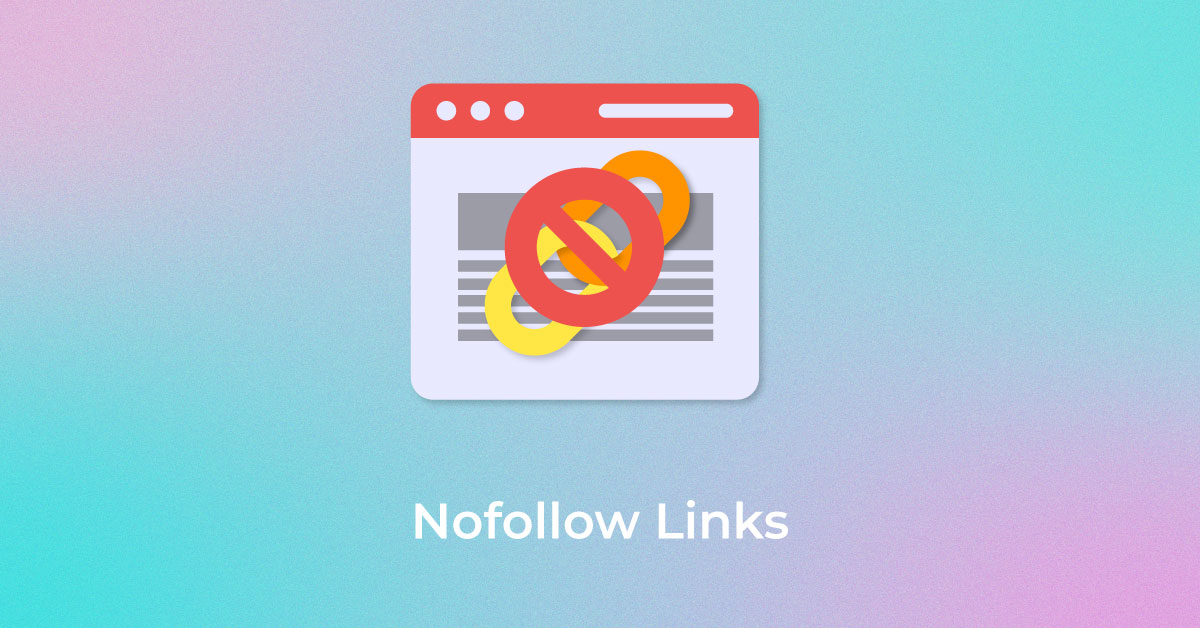
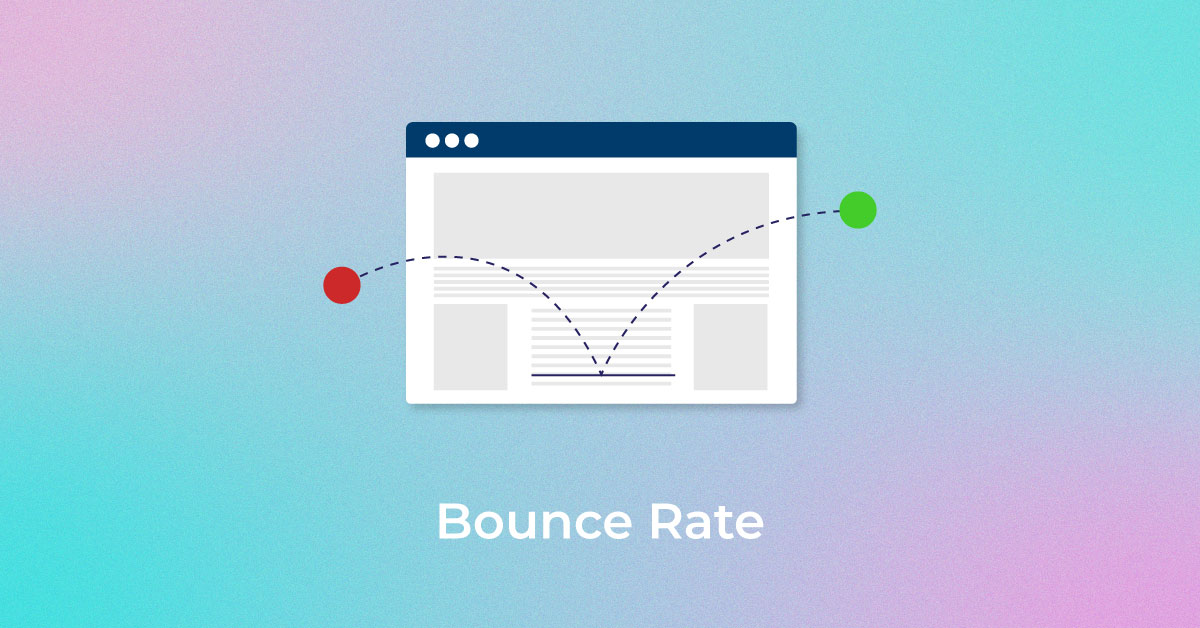

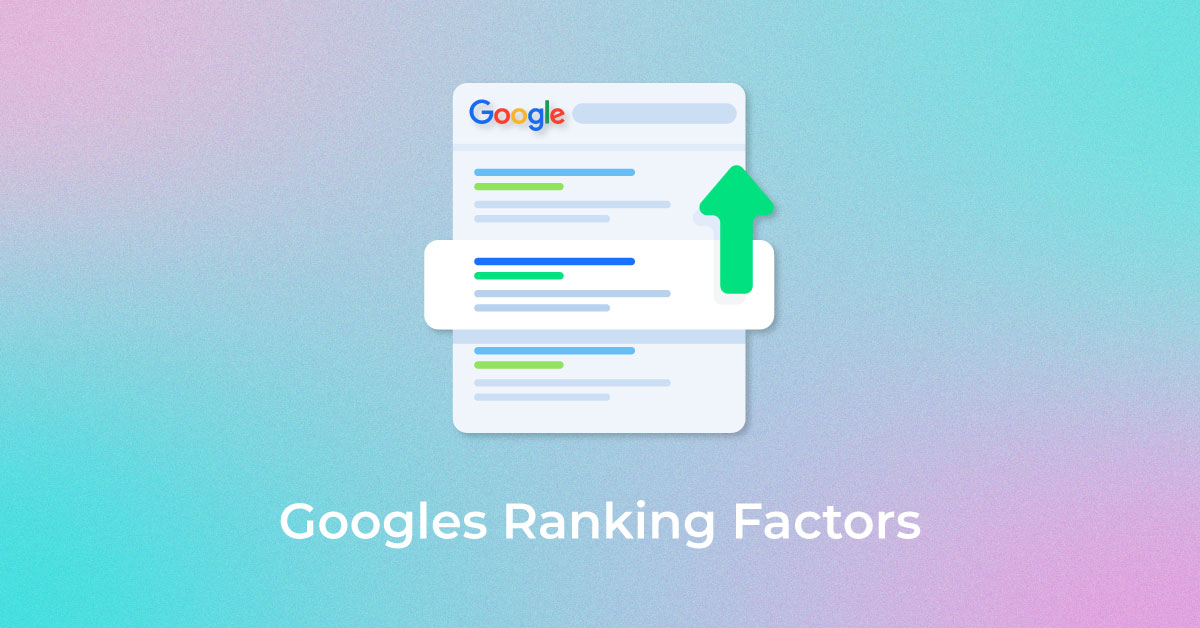
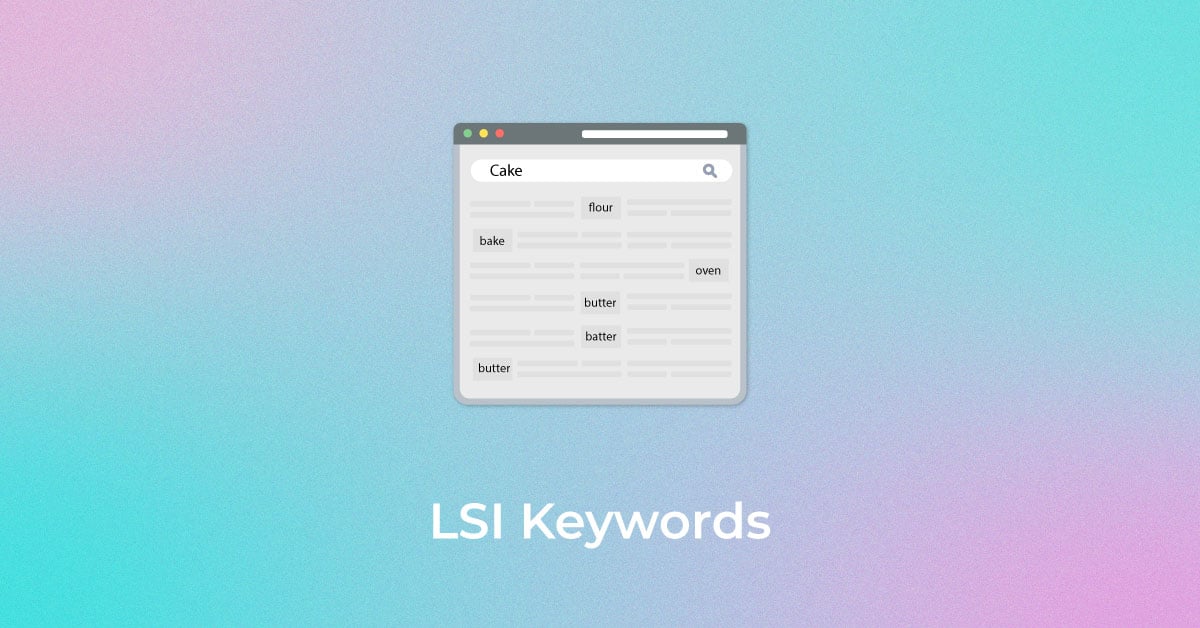

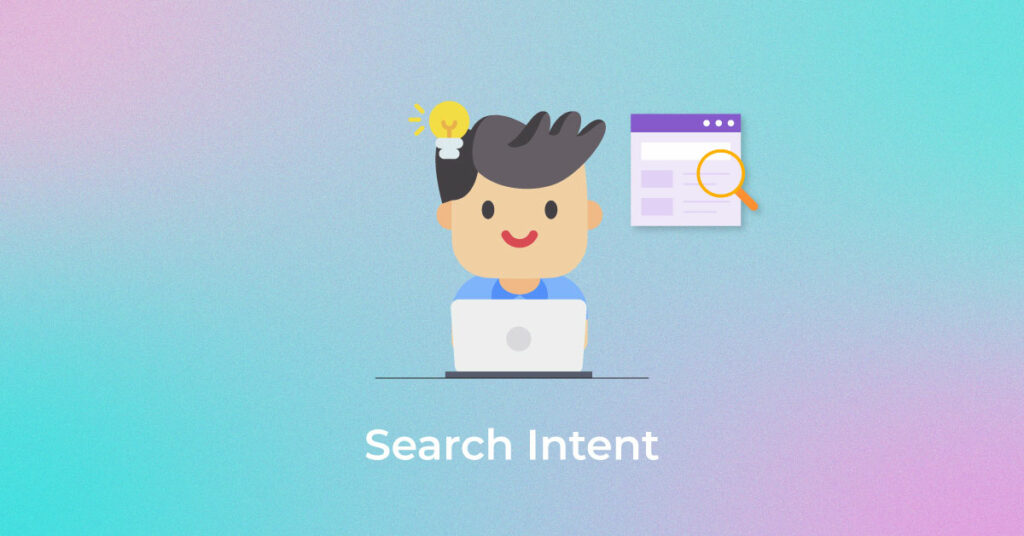
2 thoughts on “Search Intent – All You Need to Know”
Very informative and useful blog post.
Thank you Sonali.